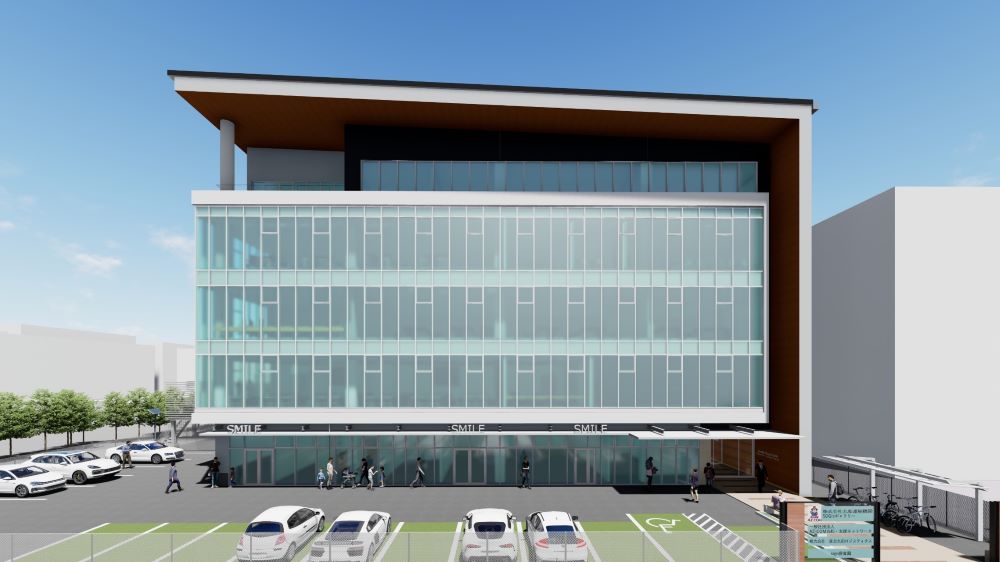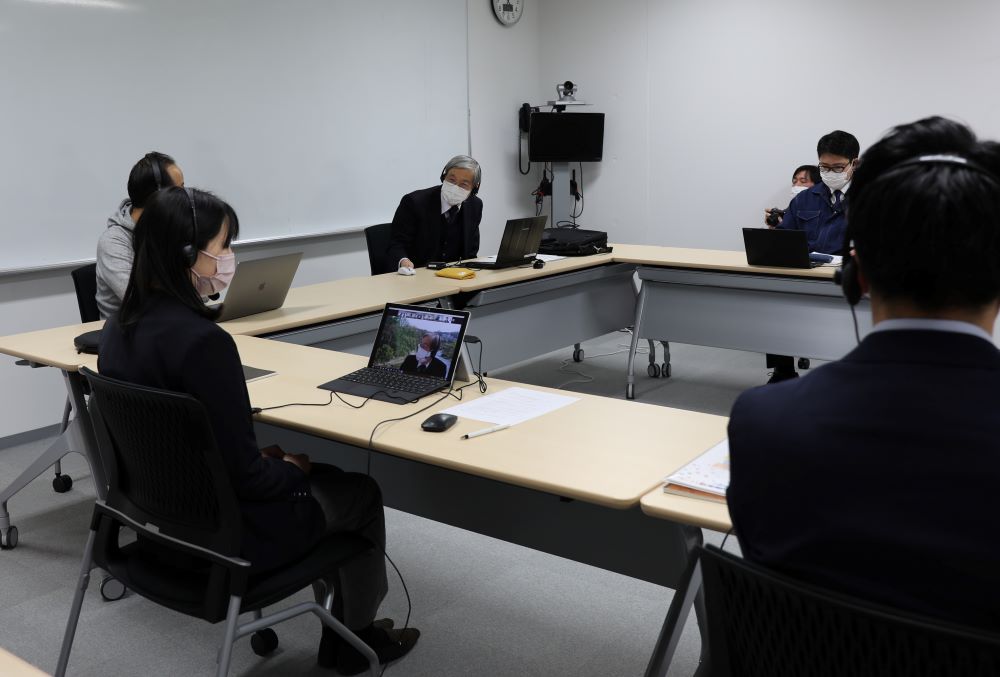2022.2.4
IRIDeS Academia-Industry Collaboration Part 2
▷Considering a new system for logistics in times of disaster
As another example of joint research, I am working with Maruwa Unyu Kikan Co., Ltd., on a system to transport and sort goods during a disaster. Usually, in responding to the national government request after a disaster strike, large trucks from nationwide and representative regional transportation companies operate for long-distance transports of relief supplies to disaster-stricken areas, arranged by organizations such as a prefectural truck association. However, it seems that trucks from medium- and small-sized companies have not actually been called upon. Thus, we started to look into ways to improve this situation. Also, in our lab, we are studying how logistics companies and local governments can work together based on experiences from transport-related companies during the 2011 Great East Japan Earthquake. Our joint research involves academia-industry collaboration, examining each specific situation that could occur in the event of a disaster, discussing the nature of the bottlenecks and what resources can be used, in order to find actual solutions.
I also support the company proposing to local governments how logistics bases for relief supplies need to be prepared. The company and I have pointed out the importance of considering road access, mobile storage, and sorting of goods using forklifts and pallets to expedite transportation in and out of the city’s logistics base. In general, local government personnel are subject to reassignments, so even in municipalities that have experienced a disaster and have received relief supplies in the past, those currently in charge do not always have detailed knowledge. Since major disasters do not occur often, it is important for those involved in academia, industry, and government to continue to exchange opinions on how to respond to disasters so that past experiences can be passed on to prepare for future disasters in a realistic manner.
In these academia-industry collaboration activities, I, as a researcher, present ideas to address the issues a company faces based on accumulated past examples of DRR matters and solutions, as well as on the latest response methods and plans of the national and local governments. The company examines my ideas to see whether they are feasible, and when it becomes clear that those ideas are actually effective, the company implements them immediately. Furthermore, such effectiveness and realization may be highly valued by the national and local governments. I would like to emphasize that researchers also learn much from companies during these processes. I consider that in practical disaster management, solutions can often be obtained from information on the ground. It seems true to describe that academia and industry are not only trading knowledge with each other, but also gathering in the lab and working together to develop new ideas swiftly.
▷Supporting the construction of a DRR center for academia, industry and government cooperation
 An image of Sendai Nagamachi Center for Future Co-Creation
An image of Sendai Nagamachi Center for Future Co-CreationAs another example, I work on a project with a company that is putting up a building in Sendai City. The building will serve both as a response base in the event of a disaster and as a DRR center during regular times. The company, Fukuda and Partners Co., LTD., a Tokyo-based business entity that provides design and consulting services for logistics facilities, came to me for consultation. They wanted to develop a highly disaster-resistant building in Sendai to serve as a backup base in the event of a disaster, such as the Tokyo Inland Earthquake. Later, other companies I had been working with became deeply involved in this project, and the city of Sendai became interested in the project as well.
This building is earthquake-resistant and will be equipped with facilities necessary in the event of a disaster, including an emergency power supply, stockpiling, and manhole toilets. It can also be used as a temporary disaster shelter. During regular times, the center will serve as a corporate DRR center, where disaster response goods will be displayed, and visitors can learn about DRR. Named the Sendai Nagamachi Center for Future Co-Creation, construction will be completed in March 2022, and IRIDeS would like to participate in its activities. This will be the first center in Sendai to dispatch information on corporate DRR.
▷Future academia-industry collaboration
 A scene of a discussion between academia and industry
A scene of a discussion between academia and industryThe above are examples of academia-industry collaboration that I have been involved in. Business entities are important social actors and, thus, are within the scope of studies that target social matters. In these study areas, academia-industry collaboration inevitably happens.
The companies I collaborate with consider their merit in working on DRR, of course, but they also take corporate social responsibility (CSR) seriously and build trust in society. The beneficiaries of their activities include governments and citizens.
The outcomes of academia-industry collaboration in my study on DRR of companies and organizations do not include the development of machinery or the obtaining of patents. I would like to publish papers on academia-industry collaboration activities in which I have been involved (if they can be generalized and made public), but it is sometimes difficult to disclose the strategies of individual companies. So, I work on results that are recognized as valuable, including dispatching information to society, system creation of society and business entities, and improvement of disaster response through industry-government collaboration.
Just as research is diverse, the contents of academia-industry collaboration vary, depending on partner companies and topics. Collaboration between academia and industry will become increasingly important in all fields in the future. Business entities have their way of thinking, which differs from that of universities in many ways. I hope that the next generation of researchers will understand the differences between academia and industry, acquire the knowledge necessary for collaboration, and explore new horizons of collaboration.
